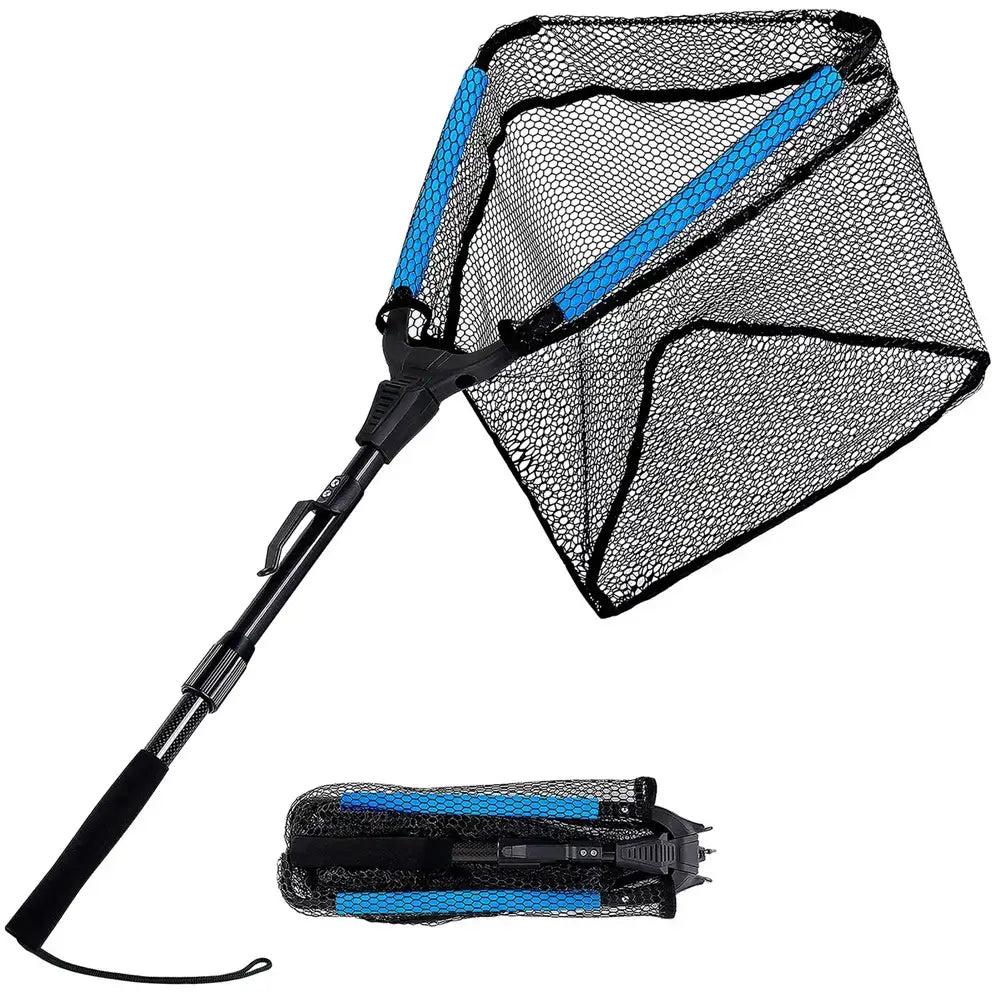Fishing is a vital industry that provides sustenance and livelihoods for millions of people around the world. However, it also poses a significant threat to marine ecosystems due to bycatch, the unintentional capture of non-target species in fishing nets. Bycatch can have devastating consequences for marine biodiversity, leading to population declines and ecosystem imbalance. In recent years, there has been a growing focus on developing innovative ways to reduce bycatch in fishing nets, ensuring the sustainability of our oceans.

1. Selective Fishing Gear
One of the most promising approaches to reducing bycatch is the use of selective fishing gear. Traditional fishing nets are indiscriminate, capturing both target and non-target species. However, innovative designs such as Turtle Excluder Devices (TEDs) and Bycatch Reduction Devices (BRDs) have been developed to allow the escape of non-target species while retaining the target catch. These devices are strategically placed within the fishing nets, creating escape routes for larger animals or those with specific behaviors, reducing their chances of being caught.
For example, TEDs are widely used in shrimp trawling to prevent the capture of sea turtles. These devices consist of a grid of bars that allow turtles to swim out of the net while retaining the shrimp catch. Similarly, BRDs are used in various fisheries to reduce the capture of species like dolphins, seabirds, and sharks. By incorporating these innovative devices into fishing gear, fishermen can significantly reduce bycatch and minimize their impact on non-target species.
2. Acoustic Deterrents
Another innovative approach to reducing bycatch is the use of acoustic deterrents. These devices emit specific sounds that repel non-target species, preventing them from approaching fishing nets. For example, pingers are small devices that emit high-frequency sounds underwater, deterring marine mammals like dolphins and porpoises from getting entangled in fishing gear. By attaching pingers to fishing nets, fishermen can effectively reduce the risk of bycatch without compromising their target catch.
Acoustic deterrents have proven to be particularly effective in reducing the bycatch of marine mammals and seabirds. By utilizing the natural behaviors and sensitivities of these species to sound, fishermen can create a safer environment for both target and non-target species.
3. Bycatch Reduction Programs
Bycatch reduction programs are another innovative approach to addressing the issue of bycatch in fishing nets. These programs involve collaboration between fishermen, scientists, and conservation organizations to develop and implement strategies that minimize bycatch. By working together, stakeholders can share knowledge, exchange ideas, and develop innovative solutions to reduce bycatch.
For example, the Pacific Halibut Bycatch Working Group in the United States has successfully implemented measures to reduce the bycatch of Pacific halibut in the groundfish trawl fishery. Through the use of real-time monitoring, gear modifications, and area closures, the working group has significantly reduced the capture of Pacific halibut while maintaining the target catch of groundfish species. Bycatch reduction programs like this demonstrate the power of collaboration and innovation in finding sustainable solutions to complex environmental challenges.
4. Technological Advancements
Technological advancements have played a crucial role in developing innovative ways to reduce bycatch in fishing nets. For instance, the use of underwater cameras and sensors can provide real-time data on the composition of the catch, allowing fishermen to make informed decisions and adjust their fishing practices accordingly. By identifying areas with high bycatch rates or modifying fishing gear based on the data collected, fishermen can minimize the unintentional capture of non-target species.
Furthermore, the integration of artificial intelligence and machine learning algorithms can enhance the effectiveness of bycatch reduction efforts. These technologies can analyze vast amounts of data and identify patterns that humans may overlook, enabling the development of more targeted and efficient strategies to reduce bycatch.
In conclusion, bycatch in fishing nets is a pressing issue that requires innovative solutions to ensure the sustainability of our oceans. Through the use of selective fishing gear, acoustic deterrents, bycatch reduction programs, and technological advancements, we can significantly reduce the unintentional capture of non-target species. By embracing innovation and collaboration, we can protect marine biodiversity and create a more sustainable future for the fishing industry.









